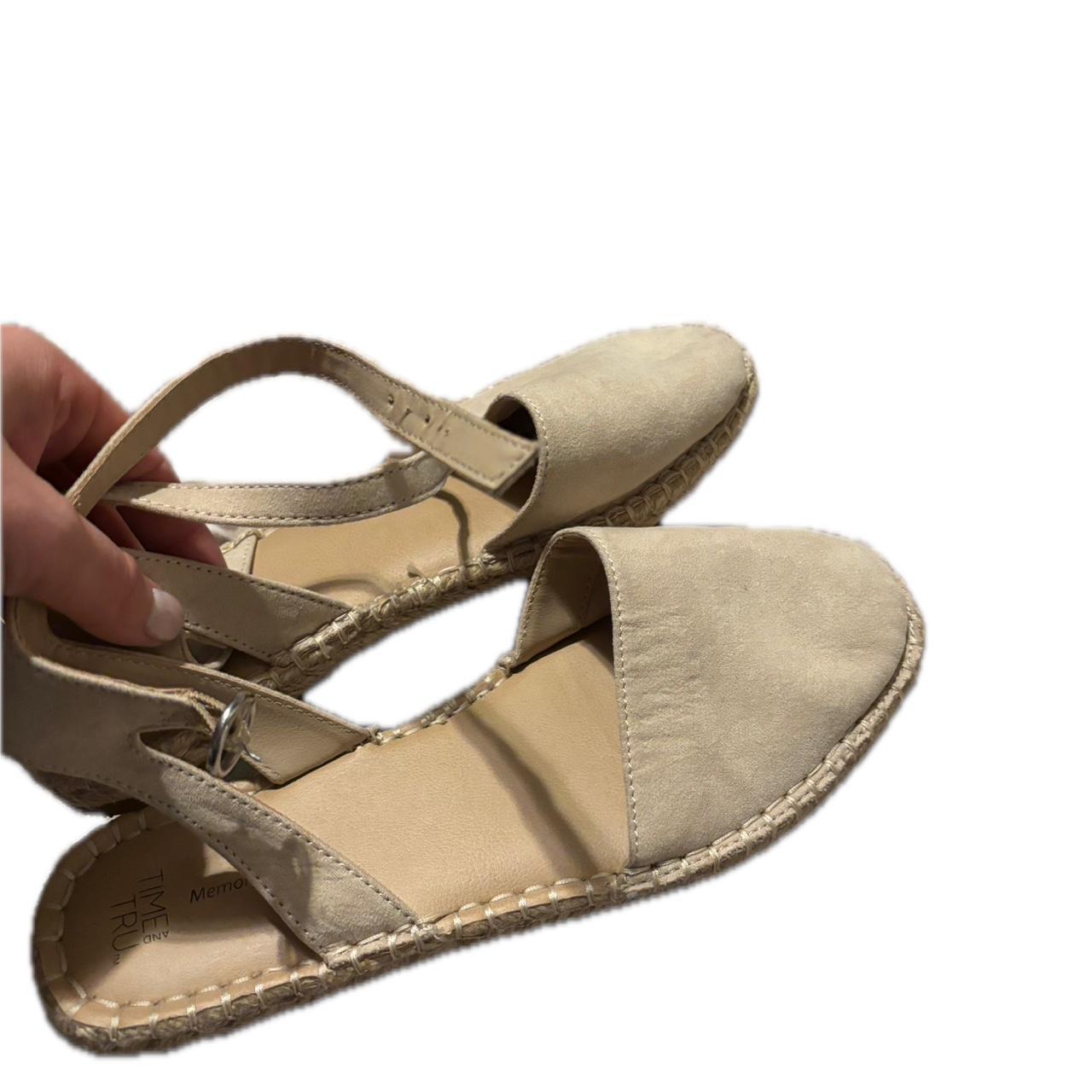5 Tips Trek Sandals

When it comes to trekking, having the right footwear can make all the difference between a comfortable, enjoyable hike and a painful, frustrating experience. While many might instinctively reach for hiking boots, trek sandals can be a fantastic alternative for certain types of terrain and weather conditions. Here are five tips to consider when choosing and using trek sandals:
1. Choose the Right Terrain
Trek sandals are not suitable for all types of hiking. They are ideal for warm, dry weather and can be perfect for hikes that involve water, such as river crossings or hiking in wet conditions where boots would become waterlogged. However, for trails with sharp rocks, dense vegetation, or cold and wet conditions, hiking boots or shoes might be a better choice. It’s essential to assess the terrain of your hike and decide accordingly.
2. Consider the Protection Offered
While trek sandals offer excellent breathability and can keep your feet cool in warm conditions, they provide less protection than boots or shoes. Look for sandals with a sturdy sole that can protect your feet from sharp objects and rough terrain. Additionally, consider the toe protection; some trek sandals come with a protective toe cap to prevent injuries from rocks or branches.
3. Break Them In
Like any hiking footwear, trek sandals need to be broken in before taking them on a long hike. Wear them around the house or on short walks to ensure they fit comfortably and to prevent blisters. Pay particular attention to the straps, ensuring they are adjusted correctly to provide support without causing pressure points.
4. Practice Good Foot Care
When wearing trek sandals, your feet are more exposed to the elements. It’s crucial to practice good foot care to prevent infections or irritations. Wash your feet regularly, especially after hiking, and dry them thoroughly. Apply moisturizer to keep the skin healthy and consider using foot powder to reduce sweat and friction.
5. Understand the Benefits of Trek Sandals
Trek sandals can be incredibly liberating for hikers, offering a sense of freedom and connection to nature that boots cannot match. They are also typically lighter and can be a good option for ultralight backpacking. Moreover, in certain conditions like desert hiking or tropical treks, the breathability of sandals can be a significant advantage, reducing the risk of blisters and discomfort caused by sweaty, enclosed footwear.
For those considering trek sandals for their next hike, it's also worth thinking about the wider benefits of this type of footwear. Beyond comfort and practicality, trek sandals can offer a unique hiking experience that encourages a closer connection with the environment.
In conclusion, trek sandals can be a fantastic option for hikers looking for a lightweight, breathable alternative to traditional hiking boots, especially in warm and dry conditions. By choosing the right terrain, considering the protection offered, breaking them in, practicing good foot care, and understanding the benefits of trek sandals, hikers can enjoy a comfortable and enjoyable trekking experience.
What are the best conditions for wearing trek sandals?
+Trek sandals are best suited for warm, dry terrains and can be ideal for hikes involving water. They provide excellent breathability and can keep feet cool in warm conditions.
How should I break in my trek sandals?
+Break in your trek sandals by wearing them around the house or on short walks. Ensure the straps are comfortably adjusted and pay attention to how they feel on your feet to prevent blisters and discomfort.
By considering these factors and tips, hikers can make informed decisions about when and how to use trek sandals, enhancing their hiking experience and connecting more deeply with the natural environments they explore. Whether navigating through rivers, hiking in arid landscapes, or simply enjoying a casual walk, the right footwear can significantly impact the quality of the experience, and for many, trek sandals are the perfect choice.

